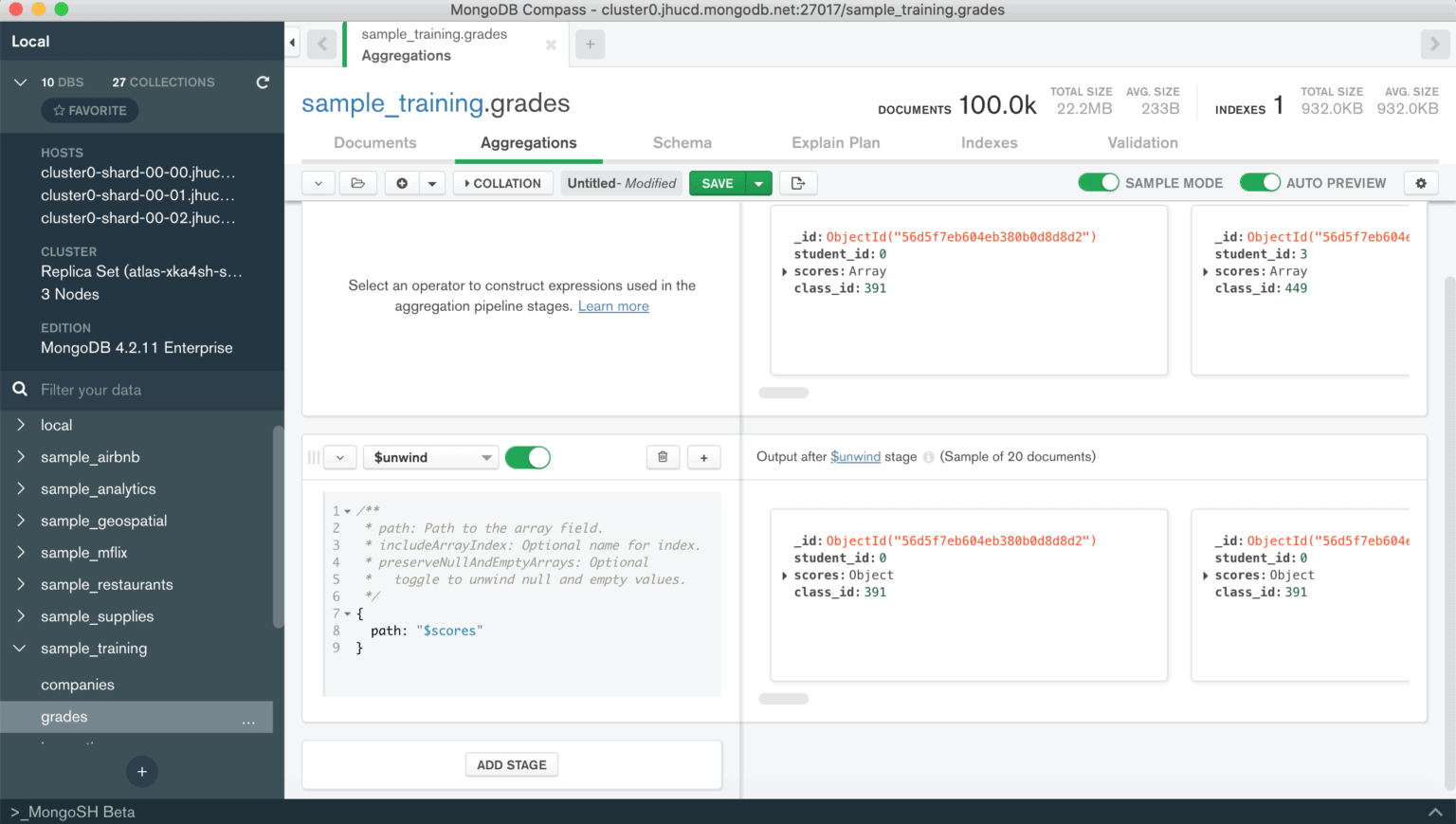Managing null values in MongoDB queries, especially when sorting, can be tricky. This post dives into effective strategies for handling these situations, ensuring your results are accurate and predictable. We’ll explore how to consistently place null values at the end of your sorted datasets, a common requirement in many applications.
Prioritizing Non-Null Values in MongoDB Sorting
When sorting documents in MongoDB, you might encounter scenarios where a field contains null values. By default, MongoDB’s sorting behavior might not always align with the desired outcome of placing nulls last. This section will demonstrate how to use the $sort operator in conjunction with other aggregation pipeline stages to achieve the desired sorting order. This is crucial for presenting data cleanly to users and ensuring data integrity in applications relying on sorted data for functionality, such as displaying a ranked list or filtering results.
Using $sort and $cond for Conditional Sorting
The most effective way to manage null values during sorting involves using the $sort operator in conjunction with the $cond (conditional) operator within the aggregation pipeline. The $cond operator allows you to define conditions based on which the sorting criteria will change. This conditional logic enables you to specifically handle null values and treat them differently during the sorting process, resulting in a much more controlled outcome.
Rearranging Null Values with the Aggregation Framework
MongoDB’s aggregation framework offers powerful tools for data manipulation beyond simple queries. This section outlines using the framework to effectively move null values to the end of your sorted results. The aggregation framework’s versatility is particularly beneficial when dealing with complex sorting requirements that extend beyond simple ascending or descending orders, involving multiple fields or conditional logic.
Implementing a Custom Sort Order with Aggregation
Leveraging the aggregation pipeline, we can create a custom sorting mechanism. This involves creating a new field that represents a sorting priority based on whether the original field is null or not. This technique is powerful and flexible, adaptable to various scenarios and data structures, giving you precise control over how null values are handled in your sorted results.
| Method | Description | Advantages | Disadvantages |
|---|---|---|---|
$sort with $cond |
Conditional sorting within the $sort stage. |
Simple and efficient for basic scenarios. | Can become complex with multiple fields or conditions. |
| Aggregation Pipeline | Using the aggregation framework for more control. | Highly flexible and adaptable to complex scenarios. | Might be slightly less efficient for simpler cases. |
For more advanced techniques and detailed examples, refer to the official MongoDB Aggregation Framework documentation. You’ll also find helpful examples on Stack Overflow, such as MongoDB-related questions. Understanding the $isnull operator is also crucial.
Conclusion: Mastering Null Value Handling in MongoDB Sorting
Effectively managing null values during sorting is essential for data integrity and user experience. Whether you employ the simpler $sort and $cond approach or the more powerful aggregation framework, understanding these techniques allows for precise control over your sorting outcomes. Remember to choose the method best suited to your specific needs and data complexity. By mastering these techniques, you can ensure your MongoDB applications consistently deliver clean, well-organized data to your users.
Try implementing these techniques in your next project and experience the benefits of controlled null value handling. Let us know in the comments how these methods worked for you!
#1 mongoReaderWhen I read mongodb data, Fields with null values were

#2 How MongoDB Sorting Works for Scalar Values | FerretDB Blog

#3 NodeJS MongoDB Sorting | CodeForGeek

#4 Move Data From MongoDB to BigQuery Using Boltic

#5 Mongodb Group Values By Multiple Fields - Design Corral

#6 Move Data from Postgres to MongoDB: 3 Ways | Estuary

#7 mongoDB sorting Ascending/Descending Sort - The freeCodeCamp Forum

#8 mongodb - Summing null columns with columns with values - Stack Overflow
